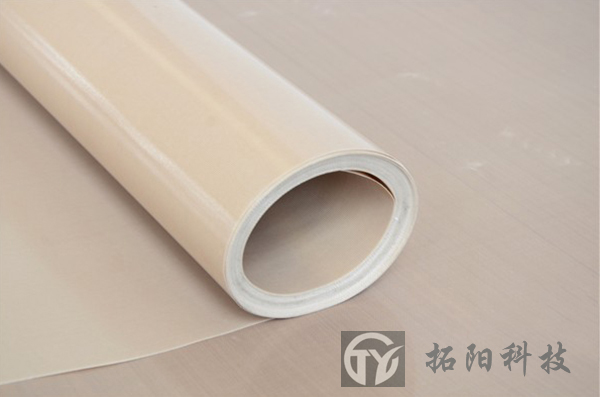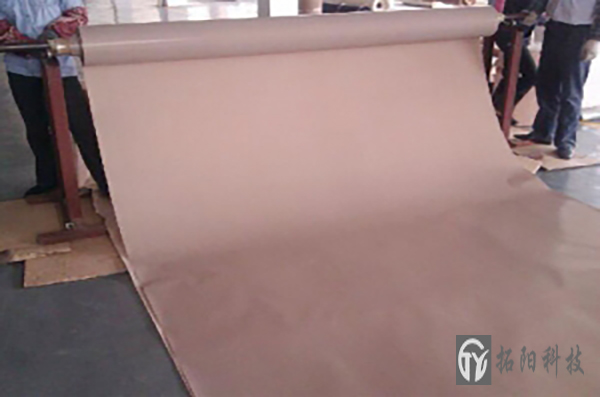Causes and solutions of deviation of Teflon high-temperature tape
use Teflon conveyor belt Teflon when the conveyor is running Conveyor belt Deviation is one of the most common faults. There are many reasons for deviation. The main reasons are low installation accuracy and poor daily maintenance. Here are some common reasons and solutions for maintenance personnel using Teflon conveyor belts for reference.
During the installation of the conveyor using Teflon conveyor belt, the head and tail rollers and the middle idler rollers should be on the same centerline as far as possible and parallel to each other to ensure that the conveyor belt is not biased or less biased. In addition, the belt joint should be correct and the perimeter of both sides should be the same.

Phenomenon, causes and solutions of slippage of Teflon conveyor:
Teflon conveyor fault: Teflon conveyor belt slips. Teflon conveyor belt
Cause of Teflon conveyor failure: When Teflon conveyor belt operates normally, the belt speed should not be less than 95% of the roller speed. If the friction between the drum and the Teflon conveyor belt is not enough, the Teflon conveyor belt is prone to slip. There are many reasons for insufficient friction between roller and Teflon conveyor belt, such as load startup, insufficient friction coefficient of roller surface, insufficient tension, etc. The reasons for insufficient friction coefficient of roller surface are as follows:; The rubber coating on the surface of the roller is too worn, the belt is too wet or has lubricating oil stuck, and the belt surface has materials stuck (easy to be dissolved by water); The reasons for insufficient tension are: insufficient tension stroke, insufficient counterweight weight, too long Teflon conveyor belt, etc. Resistance High temperature conveyor belt
Troubleshooting for Teflon conveyor: clean the roller surface, dry the Teflon belt body, clean the Teflon belt body, adjust the tensioning stroke, increase the counterweight weight, and shorten the length of Teflon belt.
















